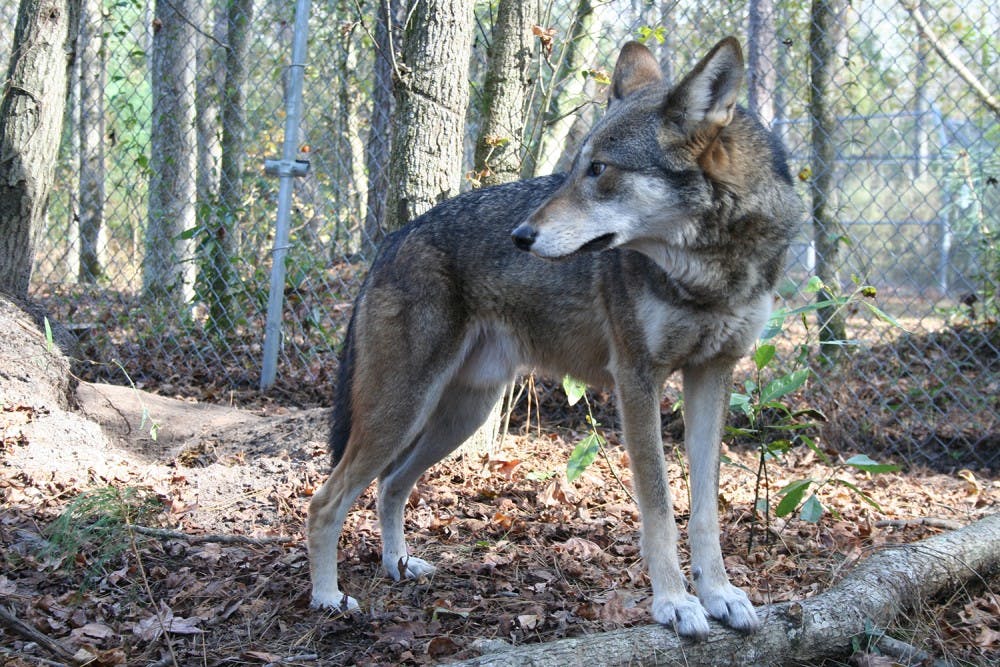The FWS concluded a two-year investigation of the nearly 30-year-old program earlier this year and released its findings to the public on Monday.
Cindy Dohner, southeastern regional director for the FWS, said during a press conference that the steps outlined in the proposal represent the best future for the red wolves.
The FWS will first move to increase and secure the population in captivity, that the investigation found cannot sustain itself in its current configuration.
“Up until now we have managed the captive population separately from the nonessential experimental population,” Dohner said. “We will no longer do that. Frankly, if we cannot secure the captive population by managing the two together, we could lose the red wolf.”
The FWS also announced they will work to find new locations that could sustain an additional experimental wild population by October 2017.
The third step in the proposal will decrease the number of NC counties where wolves are protected from five to only the Dare County Bombing Range and the Alligator River National Wildlife Refuge. Animals that leave the area will be captured and integrated into the captive population. The final step will include a Species Status Assessment and five-year status review.
“Our reality is red wolves in the wild will require intensive, hands-on management at this time,” Dohner said. “Nothing about this is simple.”
UNC junior John Jacobi, who puts out a journal for the Wild Will Coalition, said the decision prioritizes captive wolves over wild ones.




